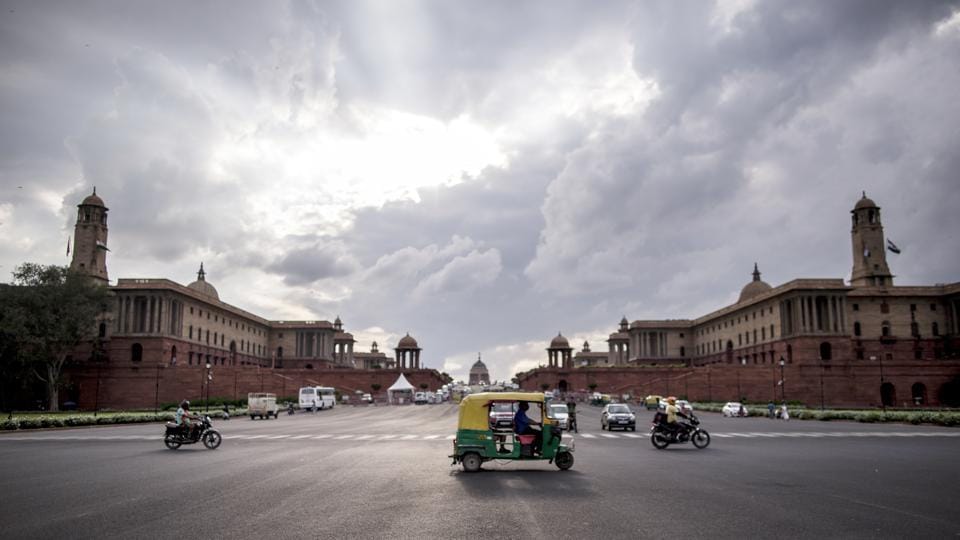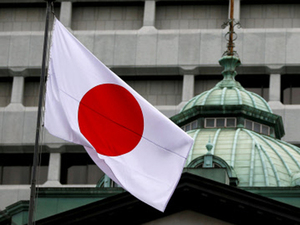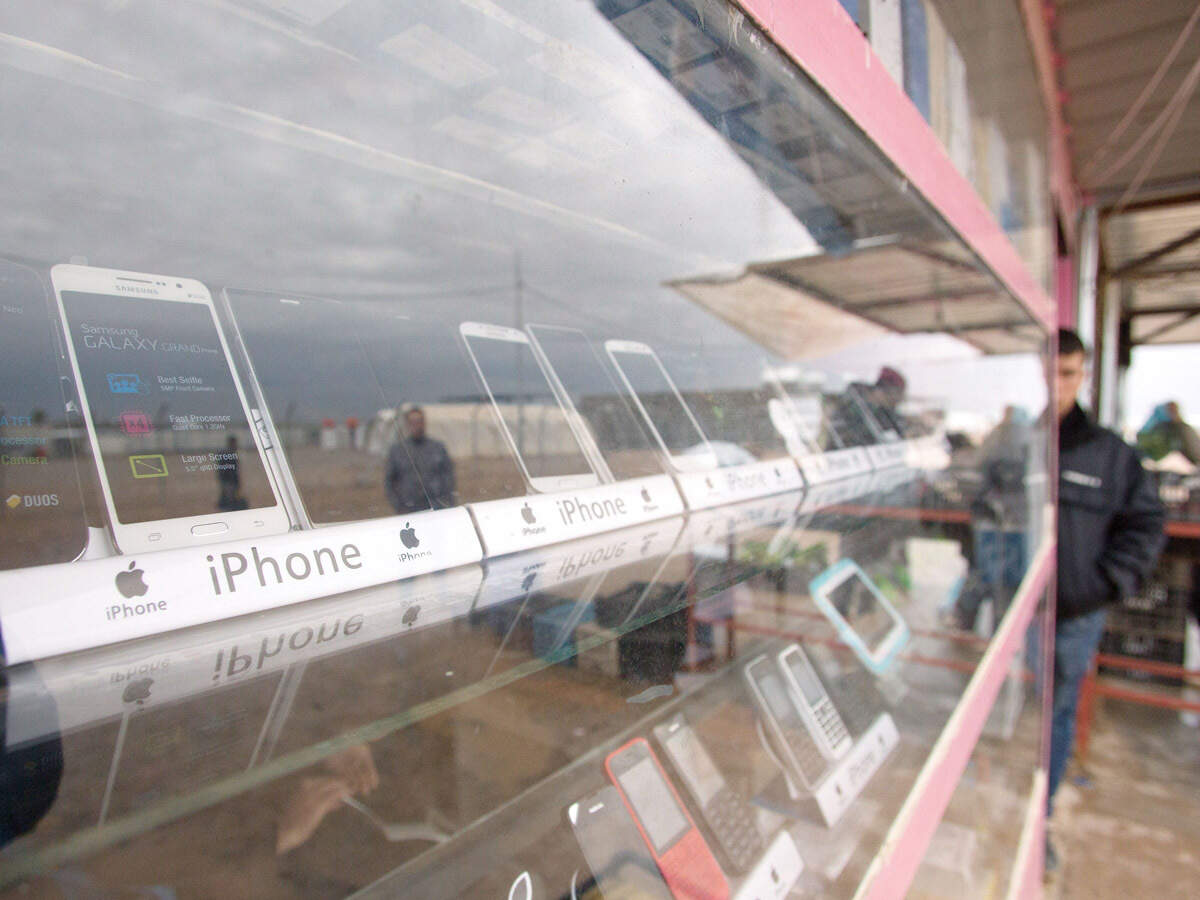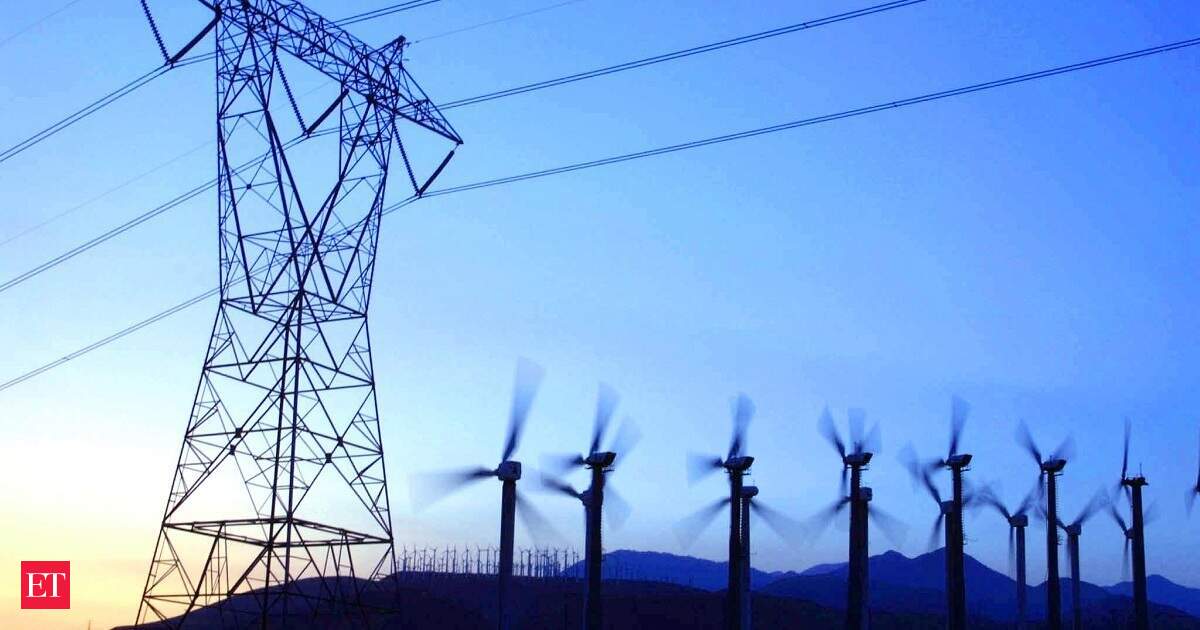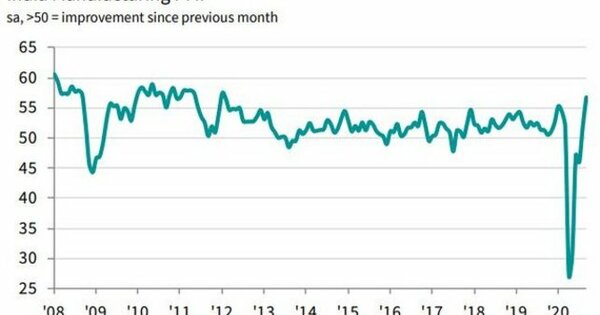
India at inflection point in digitisation journey, on cusp of a paradigm shift: Report - The Economic Times
India is at an inflection point in its digitisation journey. Over the course of a decade, the country has undergone a digital revolution - from modest beginnings of downloading forms and being able to view the status of an application online to paying taxes online and receiving welfare payments...
Synopsis: India is at an inection point in its digitisation journey. Over the course of a decade, the country has undergone a digital revolution - from modest beginnings of downloading forms and being able to view the status of an application online to paying taxes online and receiving welfare payments digitally, it said.
BENGALURU: India has undergone a digital revolution in the past decade and is now at an inection point in its digitisation journey, a report said on Friday.
"India is on the cusp of a paradigm shift in the way digital solutions are being deployed for large-scale societal impact; getting the non tech elements right will be critical", it said.
The report by Omidyar Network India, an investment rm focussed on social impact, and consulting rm Boston Consulting Group (BCG) stated that Open Digital Ecosystems (ODEs) are the next frontier for 'DigitalIndia'.
India is at an inection point in its digitisation journey. Over the course of a decade, the country has undergone a digital revolution - from modest beginnings of downloading forms and being able to view the status of an application online to paying taxes online and receiving welfare payments digitally, it said.
"And today, we stand at a new frontier India is leading the world in building shared digital infrastructure that can be leveraged by both government and private sector to unlock new solutions and enhance citizen experience," the report said.
It describes this approach of designing technology infrastructure which can unlock economic and societal value, while minimising risks and possible harms, as ODEs. ODEs are dened as: "open and secure Digital Platforms that enable a Community of actors to unlock transformative solutions for society, based on a robust Governance framework."
It identies three layers to help bring an ODE to life digital platforms comprising technology infrastructure and solutions built on top; community comprising builders, facilitators and end users; and a third layer of governance which consists of laws and rules and the accountable institutions that uphold them.
The ODE approach suggests that the government should focus on creating the digital commons; enable interoperability between siloed systems, so that innovators can build on top, by leveraging open source software, data, standards, licenses and APIs, the report said.
The recently announced National Digital Health Mission by the Prime Minister, which aims to create an integrated interoperable digital health platform for all health related services, was an example of the ODE approach, it said.
Efforts like India Stack, DIKSHA and the National Urban Innovation Stack have also adopted a similar approach in other sectors.
While the report estimates the potential impact of this approach, it also points out signicant risks that may arise, such as the risks of data centralisation, which need to be addressed through a robust governance framework and safeguards that protect the citizens data.
It estimates that by 2030, ten high potential National ODEs (NODEs) in sectors like health, agriculture and justice can collectively create a new economic value of USD 500-plus billion and also generate USD 200-plus billion in savings.
The report builds on the ideas laid out in a whitepaper on NODEs which was published earlier this year for a public consultation, by the union Ministry of Electronics & Information Technology (MEITY).
J Satyanarayana, Advisor, National Digital Health Mission and former chairperson, UIDAI, said "we need to raise the bar" from systems-thinking to ecosystems-thinking.
"Digital ecosystems can evolve faster if we create the right environment, which includes open-standards based architecture, data policies, collaborative design, and innovation. Leveraging legacy systems can help adoption. Wellcrafted ODEs will open up a huge world of opportunities for innovation & value added services", he said.
Last edited:



